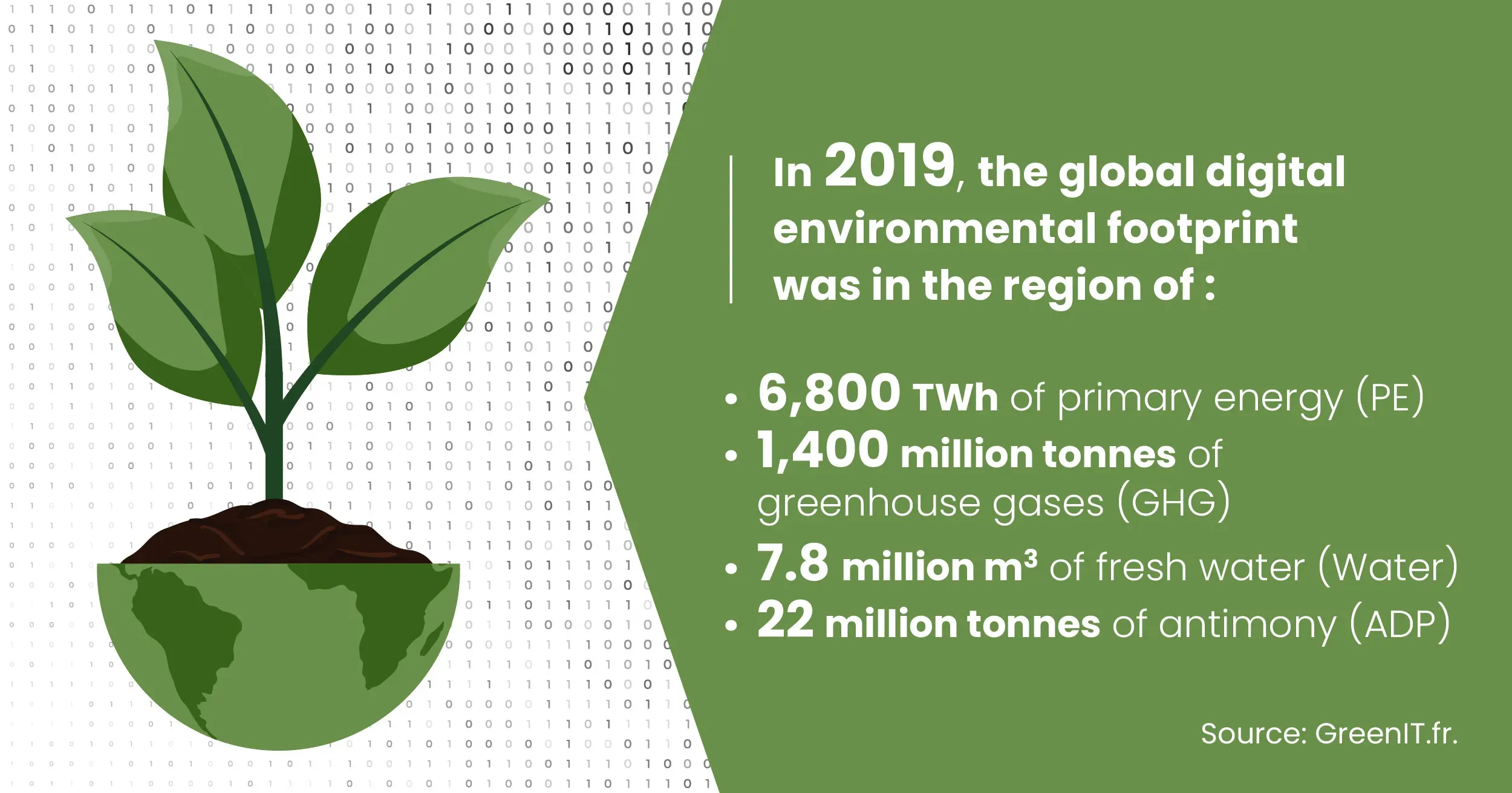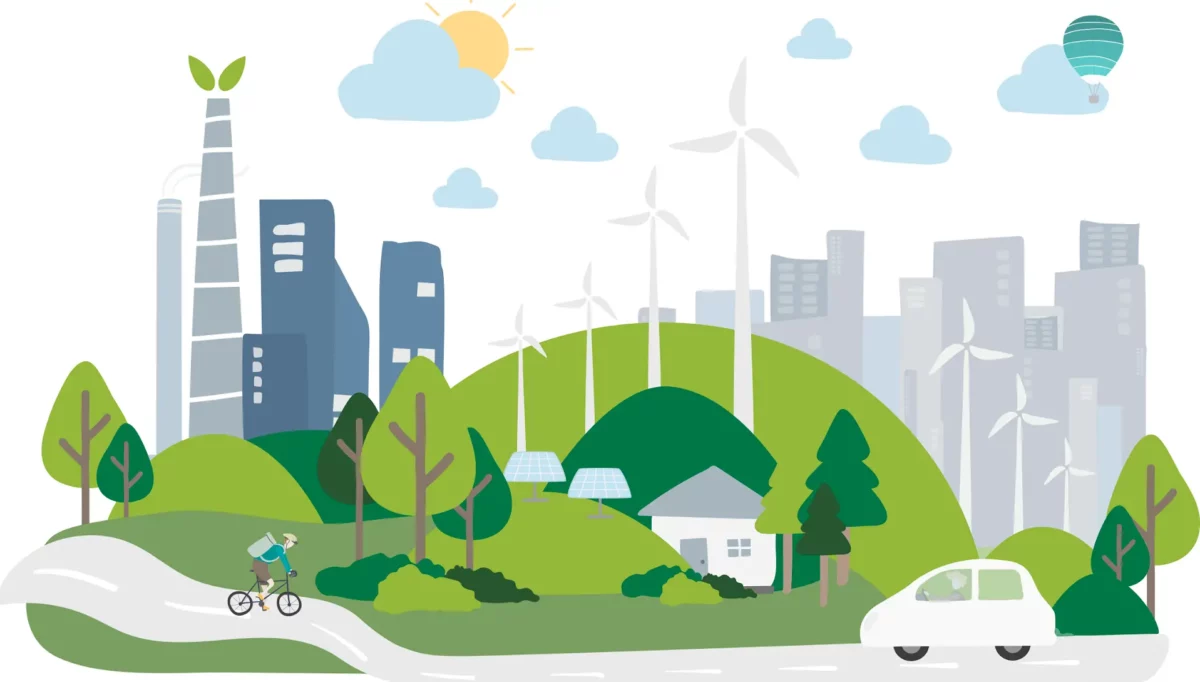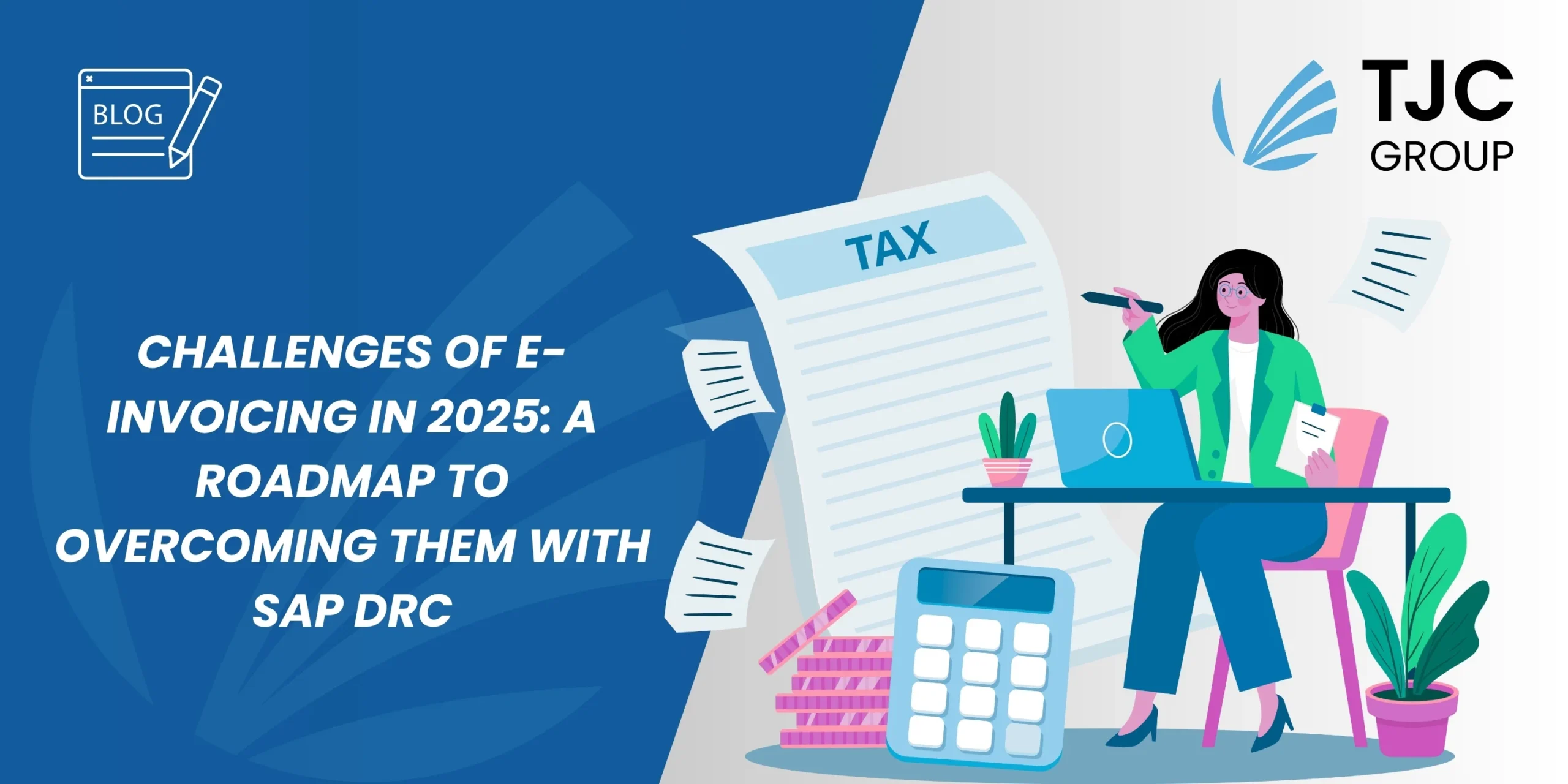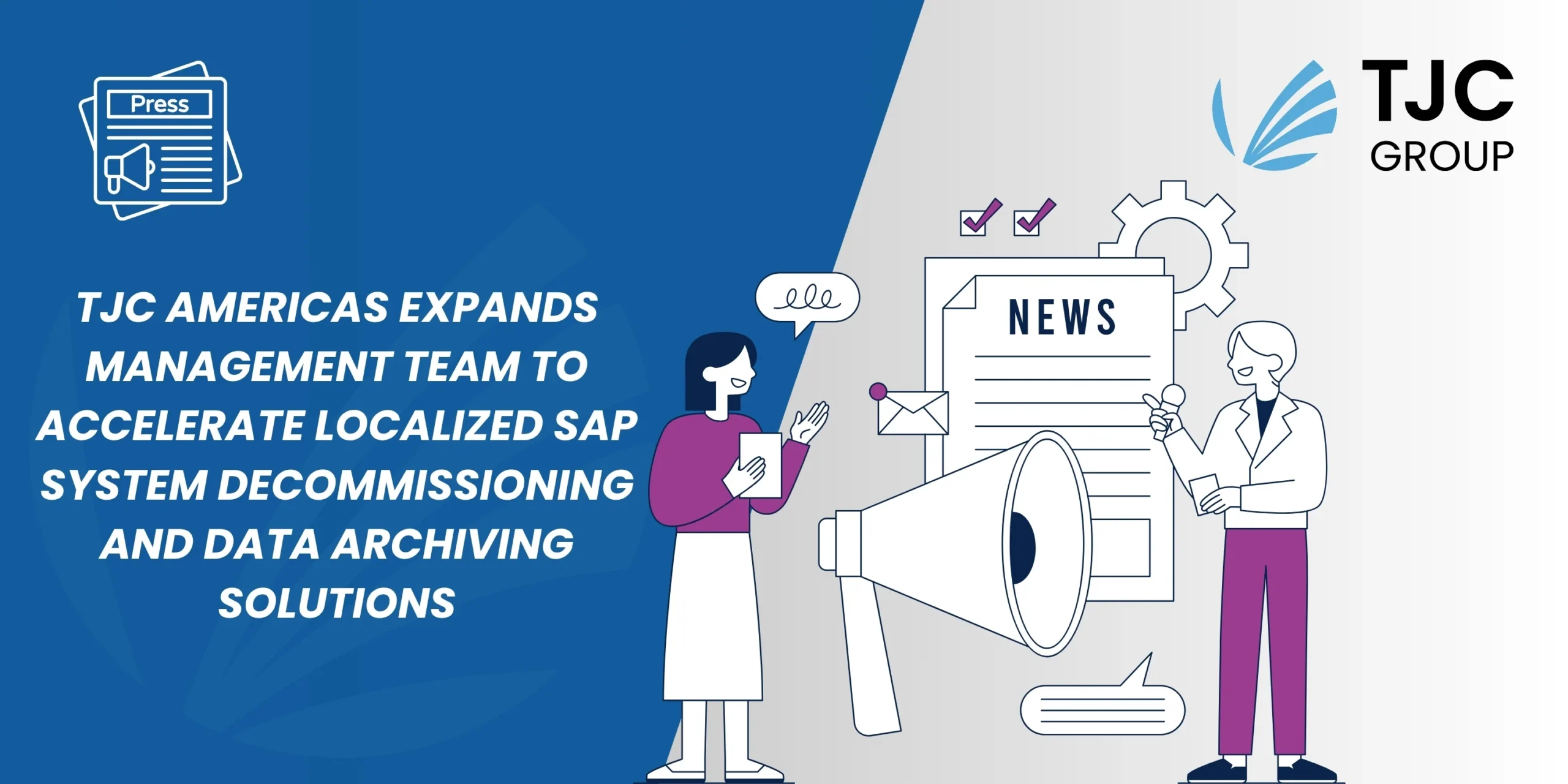This article outlines the steps taken in France to limit the carbon footprint of the digital economy and it explains why data is an invisible polluter. It also highlights how organisations can take steps towards reducing their IT digital carbon footprint by managing data growth with effective strategies. SAP Data Archiving and sustainable Legacy system decommissioning are two powerful ways to restrain data growth. Sustainability targets, together with environmental goals must be in every organisation’s agenda.
France’s new climate law, the REEN law, was passed in France in December 2021. Designed to overhaul the transport, housing and food industries, it includes provisions to phase out polluting vehicles, speed up the renovation of energy-inefficient buildings and limit plastic waste. Still, environmental activists are criticising the law as nothing more than greenwashing. They argue that it doesn’t go far enough towards immediately slashing carbon emissions.
In some respects, this is true. No provision has been made – for now – to reduce the energy footprints of data centres, and yet this sector is an invisible worldwide polluter. Data centres use vast amounts of energy – more than almost any other industry sector.
According to ARCEP, the French telecoms regulator, the digital economy now accounts for 3 to 4% of worldwide greenhouse gas (GHG) emissions.
Carbon footprint and the digital economy in France
According to French Senate, the upper house of the French Parliament, the digital economy is a major source of greenhouse gas emissions in France (15 million tons (15 MtCO2eq), which accounted for the 2% of total greenhouse gas emissions in 2019. If nothing is done to limit such impact, this figure could increase considerably in the years to come climbing to 6.7% by 2040, that means a 60% growth.

Thankfully, other organisations have started to take action. ARCEP is to start measuring the environmental impact of data centers. It forms the first step towards measuring France’s digital environmental footprint.
Although it could be argued that the REEN law is just another example of greenwashing, it is at least a step in the right direction and, it comes from a country known for innovation in the regulatory and legal sphere. It was France that conceived of VAT and this tax now generates billions for EU economies. The French agency for ecological transition, ADEME also invented carbon inventory and, just as with VAT, more countries will inevitably follow France’s example with REEN and begin the introduce new measures and legislation to reduce carbon footprints.
We already have the Paris Agreement signed by 196 parties; this sets out long-term goals to reduce greenhouse gas emissions and put a lid on global temperature increase. Most recently, the validity of this target was questioned at COP27, but the goal remains in place.
Member states of the EU have also agreed to reduce greenhouse gas emissions by at least 40%, increase the share of renewable energy by 32% and reduce total energy in use within the EU by 32.5%.
Find out more facts and figures about how Data Management contributes to sustainability, in this ebook: https://info.tjc-group.com/ebook-data-volume-management-sustainability

The onus is on companies now
These goals mean the pressure is now on companies to significantly reduce their IT carbon footprints. Sustainability targets, together with environmental, social and corporate governance (ESG) objectives, need to become a key part of every organisation’s long-term strategy. We believe this starts with data volume management because, due to digital transformation initiatives, data is growing at an exponential rate and data storage is also a contributor to global warming. On top of this, new memory intensive applications increase carbon emissions.
Data is effectively an invisible global polluter, because of the vast amounts of energy used for its creation and storage. As per the figures from “The environmental footprint of the digital world study” conducted by The Green IT, in 2019, the global digital environmental footprint was in the region of:

“Acting responsibly to limit the growth of (unnecessary and obsolete) data is an obvious way that any organisation can have a positive impact on reducing carbon footprint” as pointed out by Thierry Julien, CEO at TJC Group. And yet, storing obsolete data is something many organisations do unwittingly – especially if they maintain legacy applications – and it wastes energy, which in turn, contributes to CO2 levels.
By keeping data growth levels under tight control, every company can be making in-roads towards reducing their carbon footprints – for the long term.
In addition, they can minimise their opex – hosting costs are also being impacted by the cost-of-living crisis and are rising rapidly. The reduction of carbon emissions rarely go hand in hand with cost reduction, so let’s leverage on this.
Energy costs reduced as a result of Data Archiving
Introducing ongoing Data Archiving will rapidly achieve energy savings because less data to store means less energy used. By automating the data archiving process, an organisation will also routinely be performing volumes and memory reduction, which again reduces the ‘energy for storage’ footprint. It also means avoiding moving to a bigger architecture.
Here’s how this works in practice. One of TJC’s clients, a global brewery company, was able to simultaneously reduce the immediate costs associated with its transition to SAP S/4 HANA, plus its long-term data storage footprint and the environmental cost of data ownership – by implementing intelligent Data Volume Management. In monetary terms, this represented a 1.7M Euros saving and these business savings are achieved year-on-year.
During the migration phase, TJC Group client was able to save 55TB in storage space, equating to over 60% of the total energy costs associated with data storage and data retention.
Managing Legacy Systems sustainably
Another important aspect of data storage sustainability is the decommissioning of legacy systems. For SAP ECC users, this goes hand in hand with migrating to the cloud, but is a complex undertaking that needs careful planning. It can be tempting to do nothing and keep a legacy system going, but this is expensive – both from an environmental and financial standpoint.
According to IDC, up to 70% of an organisation’s IT budget is wasted on legacy and routine activities. Wouldn’t that money be better spent on digital transformation projects instead?

When decommissioning legacy systems, careful thought is needed as to whether the data being decommissioned will ever need to be accessed in the future. Regulatory compliance requirements – like e-tax and ad hoc fiscal reporting for governments – could mean that some data needs to remain accessible.
This raises further questions. How can an organisation safely decommission its legacy applications? How can they retain access to the legacy data if it is needed at a later date? TJC has the answers, with ELSA (Enterprise Legacy System Application), a SAP certified, dedicated decommissioning solution. Available either as a cloud solution through SAP BTP or on premise, it is an efficient and easy to use software solution that makes it easy for any users to autonomously gain immediate access to legacy information, without needing a specific training to use ELSA. To find out more about ELSA as a decommissioning solution.

Final thoughts
As we enter 2023, it is clear that regardless of economic uncertainty, sustainability should be an important topic in every organisations’s agenda. Every product or service has an impact on the environment in one way or another and by taking steps to reduce waste at any level needs to become a global commitment.
Sources of information:
- Le label NR: https://label-nr.fr/decryptage-loi-reen/
- ARCEP: https://www.arcep.fr/la-regulation/grands-dossiers-thematiques-transverses/lempreinte-environnementale-du-numerique.html
- French Senate: http://www.senat.fr/rap/r19-555/r19-555-syn.pdf
- ADEME (The French agency for ecological transition): http://www.ademe.fr/
- European Commission, Climate Action: https://climate.ec.europa.eu/eu-action/international-action-climate-change/climate-negotiations/paris-agreement_en
- THE GREEN IT, The environmental footprint of the digital world: https://www.greenit.fr/wp-content/uploads/2019/11/GREENIT_EENM_etude_EN_accessible.pdf
- European Council, Infographic – Paris Agreement: the EU’s road to climate neutrality: https://www.consilium.europa.eu/en/infographics/paris-agreement-eu/









